Sound plays a vital role in our daily lives and is a powerful tool in advertising. It influences how we feel and react to messages, creating emotional connections that words alone might miss. A well-chosen tune or a familiar sound can instantly transport the listener to a specific time or place, evoking emotions that strengthen the connection between a brand and its audience.
Understanding the Connection Between Sound and Emotion
Sound plays a vital role in influencing emotions and setting the tone for an advertisement. Different tunes and soundscapes can evoke various feelings, from happiness to nostalgia. For instance, a soft piano melody might make listeners feel calm and reflective, while an upbeat guitar riff could energize and excite them. Sound stimulates different parts of the brain, directly impacting emotions and decision-making.
In audio advertising, certain emotional triggers are frequently used to enhance listener engagement. Heartwarming music that builds up during a testimonial can heighten emotions and make the message come across as genuine and sincere. Likewise, sound cues like chimes or bells might signal joy or success, creating positive associations with a brand. Recognizing these triggers helps in designing ads that resonate on a deeper emotional level, leading to stronger connections with the audience.
Elements of Sound in Advertising
Music serves as a powerful tool in advertising, providing a backdrop that can elevate an ad’s message. It carries the ability to capture attention instantly. The right tune can make an ad memorable, sticking in the listener’s mind long after it’s over. Fast-paced music can add excitement, while slow tunes might create a feeling of trust and comfort.
Sound effects and voiceovers are equally important in delivering a message effectively. Sound effects, like the roar of a running car engine or the click of a camera, work to emphasize key points and make the ad more vivid. Voiceovers carry the main narrative of the ad, so the tone and clarity of the voice must align with the brand’s identity. A trustworthy voice can make the listener feel confident in the message being shared.
Crafting the perfect jingle involves a harmonious blend of melody, lyrics, and repetition. A great jingle features a catchy melody that’s enjoyable and easy to remember. Simple lyrics that convey clear brand messages work best. Jingles often use repetition in their structure, ensuring that the message becomes ingrained in the listener’s memory. When these elements are combined effectively, the jingle becomes a strong component of the brand’s advertising strategy.
Enhancing Brand Identity Through Sound
Creating a recognizable sound logo can greatly enhance brand identity. A sound logo is a short, unique audio clip that instantly reminds listeners of your brand. Think of it as the audio equivalent of a visual logo. The sound should reflect your brand’s personality and values, making it easy for customers to remember. A well-crafted sound logo becomes a signature piece that sets your brand apart in a crowded marketplace.
Consistency in audio branding across platforms is key to maintaining a strong brand image. Whether it’s a radio ad, a podcast sponsorship, or a social media video, using the same sound elements helps reinforce your brand identity. This consistent audio experience ensures that listeners can identify your brand no matter where they hear it. By keeping the tone, voice, and music style uniform, your brand becomes more familiar and trusted over time.
Looking at case studies of successful sound branding provides valuable insights. For example, consider how certain companies have made their jingles or sound logos an integral part of their identity. These brands have used sound deliberately to evoke specific emotions and create lasting connections. Studying their strategies can offer inspiration for creating your own unique sound branding approach.
Measuring the Impact of Sound in Ads
Analyzing listener feedback and engagement is essential to understanding the impact of sound in advertisements. By collecting data on how listeners respond to audio elements, you can gauge their effectiveness. Surveys, focus groups, and social media feedback provide direct insights into listener preferences and emotional responses.
The use of technology and tools to track ad performance allows you to measure how well your audio strategy is working. Online analytics can show changes in web traffic or sales after a campaign airs, indicating success or areas for improvement. Listening data from streaming platforms or radio stations can help track how often your ad is played and its reach.
Strategies to refine sound elements based on data involve tweaking aspects that don’t perform well. This might mean adjusting the jingle’s tempo or using a different voice talent. Continuous improvement ensures your audio strategy stays fresh and engaging, adapting to changing listener preferences and maximizing impact.
Conclusion
Sound plays a critical role in advertising by creating emotional connections and enhancing brand identity. Through careful selection and consistent use of audio elements, businesses can craft memorable advertisements that resonate with listeners. From recognizable sound logos to engaging jingles, every sound choice contributes to how a brand is perceived.
Ready to make your brand’s voice heard? Killerspots Agency specializes in creating powerful sound branding in advertising that connects with audiences. Let us help you build a unique audio identity that sets your brand apart and captures listener attention. Partner with us to transform your advertising into an unforgettable experience!
